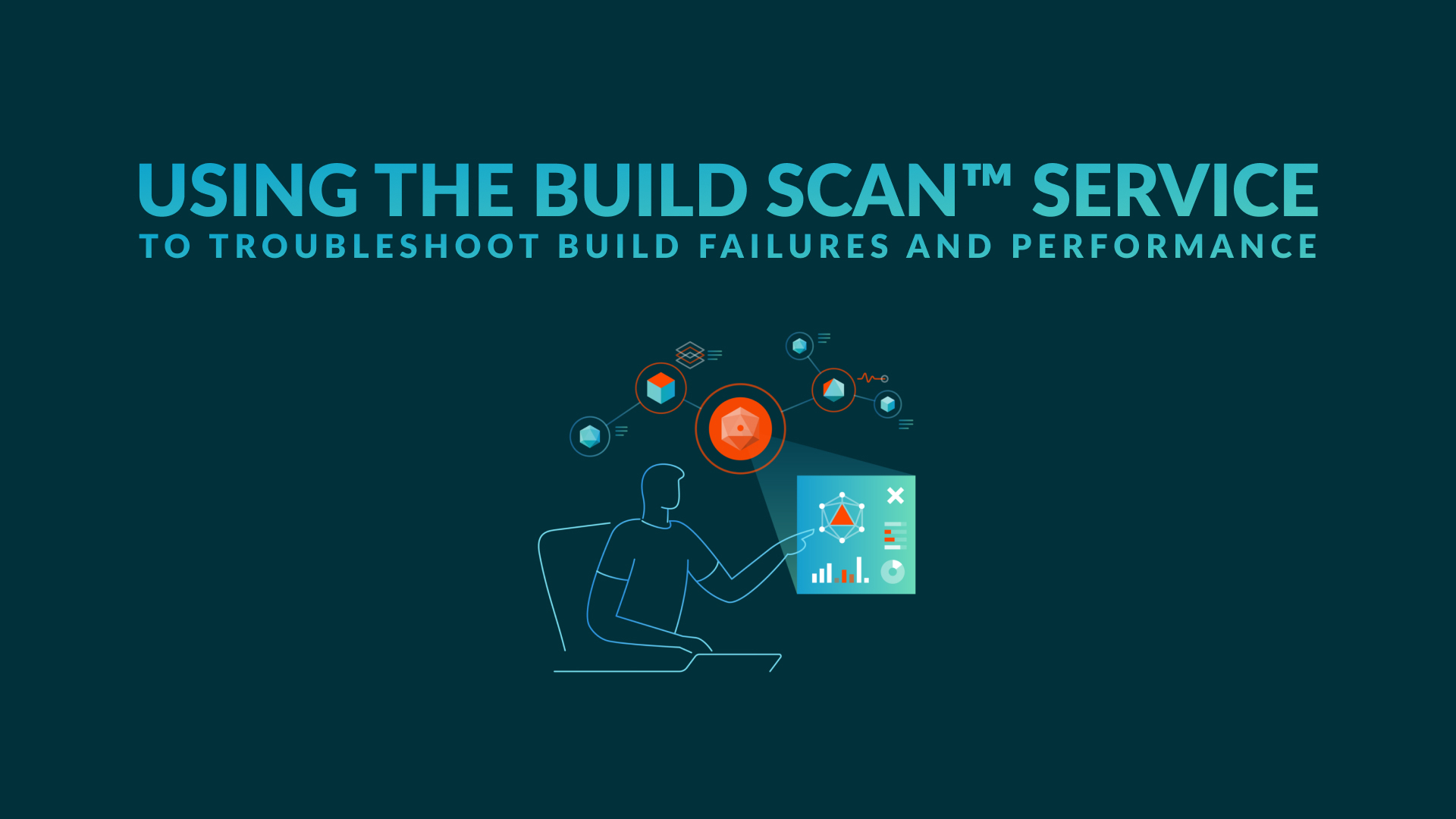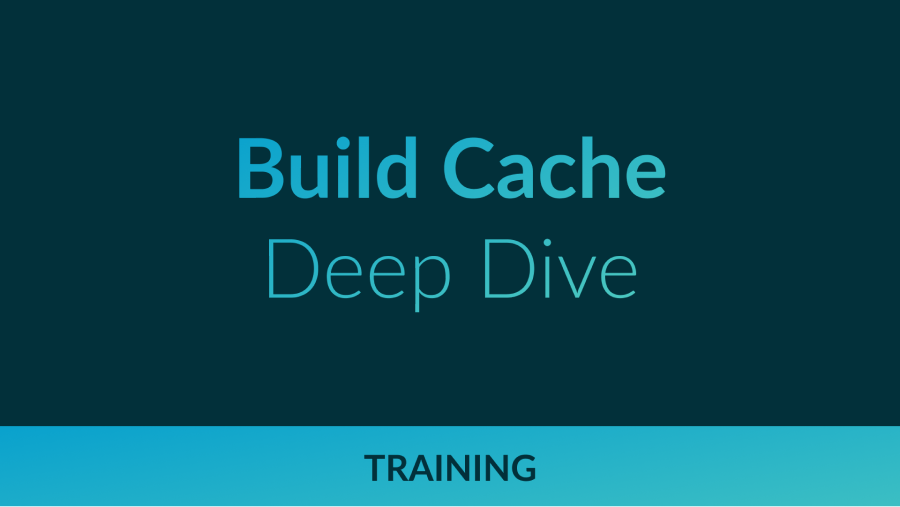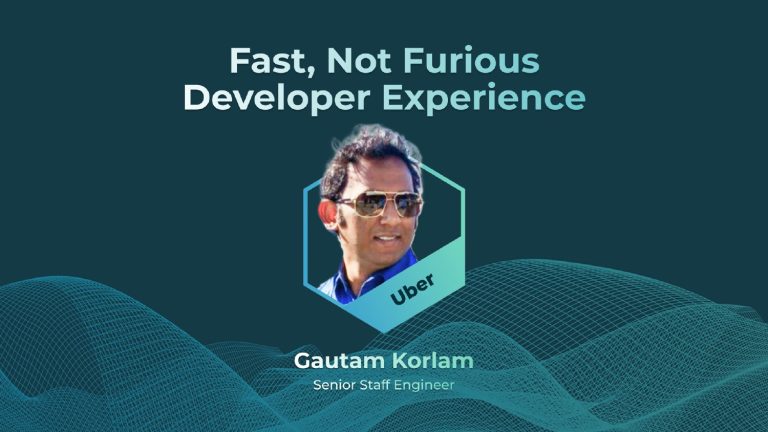What’s inside?
With over 4000 developers, Uber thinks a lot about developer productivity. To successfully build and deploy a single codebase, some of the unpleasant aspects of software development at scale are magnified. Learn how Uber keeps things moving with a focus on faster builds, as well as modern developer tools, techniques, and practices that reduce pain points like migrations, refactoring, and new technology learning curves.
With over 4000 developers, Uber thinks a lot about developer productivity. To successfully build and deploy a single codebase, some of the unpleasant aspects of software development at scale are magnified. Learn how Uber keeps things moving with a focus on faster builds, as well as modern developer tools, techniques, and practices that reduce pain points like migrations, refactoring, and new technology learning curves.
Summit Producer’s Highlight
Watch how Uber—with over 100,000 deployments per month—utilizes Developer Productivity Engineering (DPE) concepts to accelerate time-consuming steps like the wait period before merging code changes. By incorporating tools and practices to support build caching, intelligent merge automation, and leveraging under-utilized CI capacity, see how Uber made serious reductions in both merge queue time and overall merge conflicts with a DPE-focused toolchain.
Watch how Uber—with over 100,000 deployments per month—utilizes Developer Productivity Engineering (DPE) concepts to accelerate time-consuming steps like the wait period before merging code changes. By incorporating tools and practices to support build caching, intelligent merge automation, and leveraging under-utilized CI capacity, see how Uber made serious reductions in both merge queue time and overall merge conflicts with a DPE-focused toolchain.
About Gautam
Gautam Korlam is a Senior Staff Software Engineer on Uber’s Java Developer Experience Team. He is passionate about tools to improve developer experience in large codebases. He has spoken about a wide variety of topics around monorepos, build systems, CI & CD at scale etc.
Gautam Korlam is a Senior Staff Software Engineer on Uber’s Java Developer Experience Team. He is passionate about tools to improve developer experience in large codebases. He has spoken about a wide variety of topics around monorepos, build systems, CI & CD at scale etc.
More information related to this topic
Gradle Enterprise
Solutions for Developer Productivity Engineering

Gradle Enterprise customers use the Gradle Enterprise Build Scan™, Performance, and Trends dashboards to identify and monitor performance bottlenecks in the build/test process, associated with build cache misses, code generation, and annotation processors. You can learn more about these features by running your own free Build Scan for Maven and Gradle Build Tool, as well as by attending our free instructor-led Build Cache Deep-Dive training.
Interested in Developer Productivity Engineering?

Getting started with Build Scan
18-minute playlist

DPE Lowdown with Uber
1-hour video

Build Cache Deep Dive
2.5-hour training


